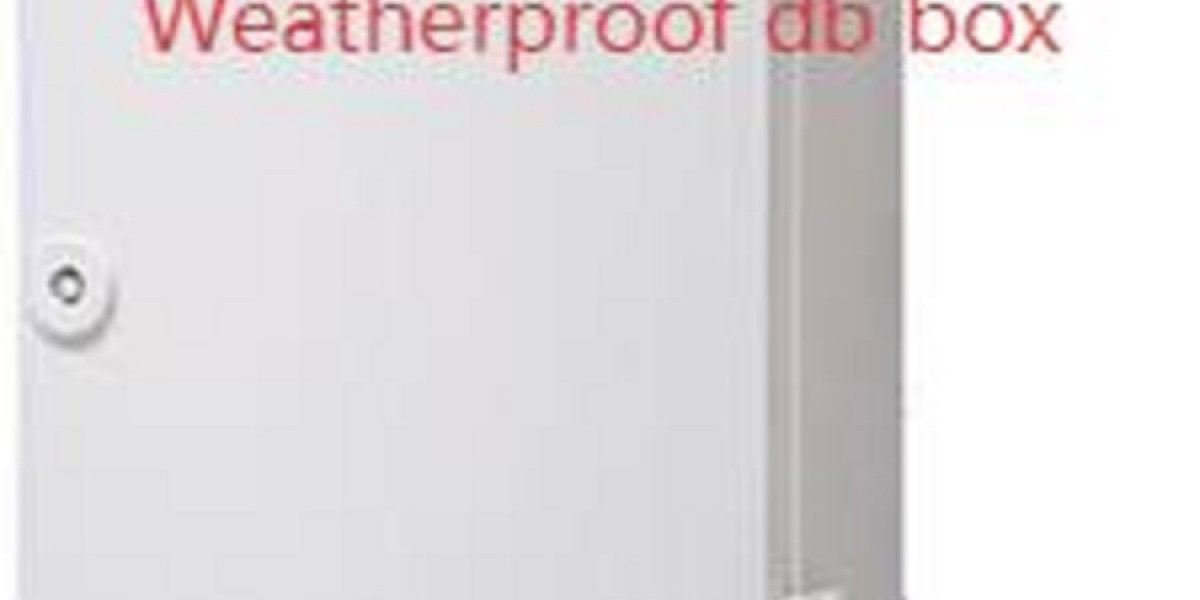Outdoor electrical protection is no longer optional for modern infrastructure, and thoughtful specification starts by recognizing how a Weatherproof db box improves uptime and how a Weatherproof db box simplifies maintenance planning for field teams. Early selection that considers environment, thermal needs, and serviceability reduces emergency repairs and keeps connected systems reliable over years of exposure.
Assess the Environment Before You Specify
Every site has its own stressors: salt spray, UV exposure, airborne particulate, wash-down cycles, or vehicle impact. Choose enclosure materials and finish treatments that match those stresses rather than guessing. Corrosion-prone locations demand stainless alloys or robust coatings; high-UV sites benefit from stabilized polymers. Also evaluate the probability of accidental impacts or vandalism and select impact-resistant housings and recessed fasteners to reduce repair frequency.
Sealing Systems and Ingress Protection Fundamentals
Seals are the unsung hero of long-lived outdoor enclosures. Continuous molded gaskets with correctly rated compression profiles outperform tapes or ad-hoc seals because they resist compression-set and maintain long-term sealing force. Verify IP or NEMA ratings against expected exposure — higher numbers matter in coastal, rooftop, or wash-down settings. Confirm that cable gland choices preserve rating after wiring is installed; poorly sized glands are a common cause of later ingress.
Thermal Management and Internal Arrangement Best Practices
Heat management keeps components within safe operating ranges and extends lifespan. For low dissipation loads, passive convection and conductive mounting plates often suffice. When electronics produce more heat, consider filtered fans, thermostatic ventilation, or air-to-air exchangers that preserve sealing performance. Arrange heat-generating modules away from sensitive electronics, and plan cable routing to avoid obstructing airflow. Simple layout discipline reduces hotspots and the risk of nuisance trips.
Nante Installer-Focused Features and Modularity
Choose enclosures that make installation and servicing straightforward: removable gland plates, captive hinges, pre-punched mounting patterns, and snap-in DIN rails speed fieldwork and reduce errors. Modular accessory ecosystems — blanking plates, surge modules, and mounting frames — let you expand functionality without drilling new penetrations. A vendor who supplies CAD files, clear cut sheets, and installation checklists saves on-site time and prevents common sealing mistakes during commissioning.
Maintenance Regime and Lifecycle Planning
A predictable inspection cadence is essential: check gasket condition, verify fastener torque, and inspect for corrosion or moisture trails at terminals annually or after extreme weather. Keep spare gaskets and common fasteners on hand for quick repairs. Document all changes as-built so future technicians understand penetrations and accessory choices. When retrofitting new equipment, use manufacturer-approved kits to preserve ingress protection instead of improvising field penetrations.
Procurement Considerations and Total Cost Evaluation
Initial cost is only part of the equation. Assess supplier responsiveness, warranty terms, spare-part availability, and documented test data — these factors heavily influence total cost of ownership. For large programs, standardize on enclosure families that share accessories to simplify stocking and accelerate repairs. Ask suppliers for third-party test reports and sample units to validate claims before committing to a large order.
Safety, Access, and Human Factors
Place exterior enclosures at ergonomic heights and visible locations to enable quick visual checks and safe access. Use keyed locks or tamper-resistant hardware in public areas and label circuits clearly to reduce human error. Consider routing and physical protection (bollards, recessed mounting) in high-traffic zones to prevent impact damage and to protect both the enclosure and nearby people.
Choosing the right outdoor enclosure blends environmental matching, thermal planning, installer efficiency, and lifecycle support. Prioritize tested sealing systems, corrosion-appropriate materials, and modular accessories to create field-ready solutions that stay reliable over time. For detailed product guidance, specifications, and practical references, visit www.nante.com








